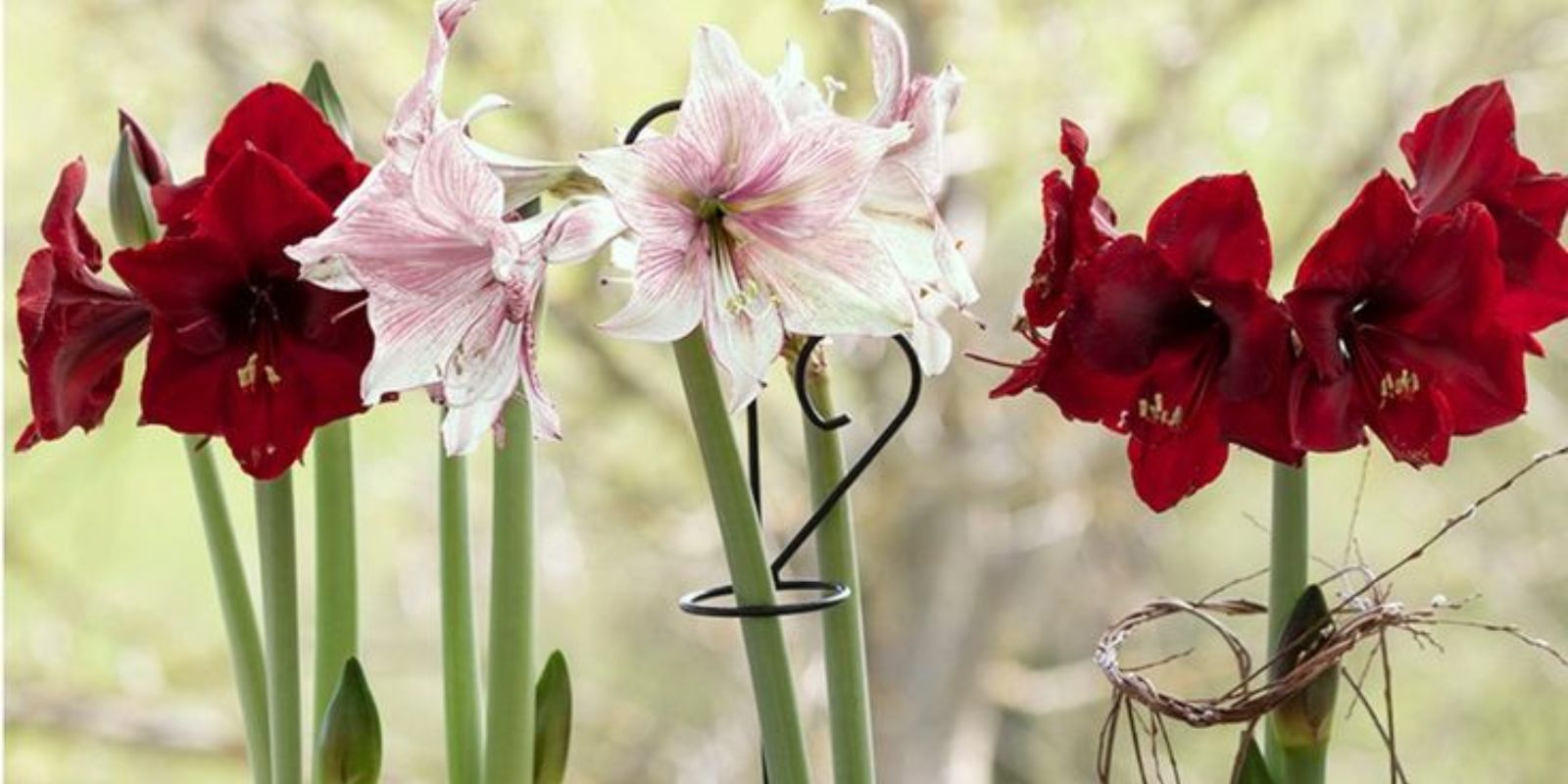Introduction
The amaryllis is a remarkable plant, celebrated for its striking, trumpet-shaped flowers that can brighten any room during the winter months. To ensure your amaryllis continues to bloom beautifully year after year, proper watering is essential. Effective watering practices support healthy growth, prevent common issues, and promote vibrant blooms. This article provides a comprehensive guide on how to water your amaryllis to keep it thriving throughout its lifecycle.
Understanding Amaryllis Watering Needs
The amaryllis (Hippeastrum) is a bulbous plant that requires specific watering practices to thrive. Understanding these needs helps you provide the right care throughout its growth cycle—from the initial growth phase through flowering and dormancy.
Initial Growth Phase
When you first plant your amaryllis bulb, the watering needs are different from when the plant is fully grown. Proper initial watering encourages strong root development and helps the plant establish itself.
- Starting Off: After planting the bulb, water it lightly. The goal is to moisten the soil without making it soggy. This encourages the bulb to begin sprouting without risking rot.
- Frequency: Water the bulb lightly once a week, ensuring that the soil remains just moist enough to promote growth. Overwatering can lead to root rot, especially if the pot lacks proper drainage.
- Amount of Water: Use enough water to moisten the soil around the bulb but avoid waterlogging. The soil should be damp but not wet, which helps in avoiding fungal issues.
Regular Watering During Growth
Once the amaryllis begins to grow, its watering requirements change. During this active growth phase, the plant needs consistent moisture to support leaf and flower development.
- Consistency: Water the amaryllis regularly, about once a week. Consistent moisture is crucial for supporting healthy growth and flower development.
- Drying Between Waterings: Allow the top inch of soil to dry out between waterings. This helps prevent water from pooling at the bottom of the pot, which can lead to root rot.
- Water Amount: Increase the amount of water gradually as the plant grows, ensuring that the entire root system receives adequate hydration. Check the soil moisture level before watering to avoid overwatering.
- Check Drainage: Ensure that the pot has adequate drainage holes to allow excess water to escape. Poor drainage can lead to waterlogged soil and root problems.
Care During Flowering
The flowering phase of the amaryllis is a highlight of its growth cycle. Proper watering during this time is crucial to support the development of healthy flowers.
- Maintain Moisture: Continue watering regularly to keep the soil consistently moist. Healthy, hydrated roots support vibrant blooms and robust growth.
- Avoid Overwatering: While it’s important to keep the soil moist, avoid overwatering, which can cause the bulbs to rot. Water only when the top inch of soil feels dry to the touch.
- Fertilization: During flowering, you can supplement the plant’s nutrients with a balanced fertilizer. Follow the manufacturer’s recommendations for dosage and frequency to support blooming.
Preparing for Dormancy
After the flowering period ends, the amaryllis will enter a period of dormancy. This is a critical phase where the plant conserves energy and prepares for the next growth cycle.
- Gradual Reduction: Start reducing watering as the flowers fade. Gradually decrease the frequency to help the plant transition smoothly into dormancy.
- Drying Out: Allow the soil to dry out almost completely during the dormant phase. This reduces the risk of mold and rot and prepares the bulb for its rest period.
- Care for Leaves: If the leaves begin to yellow and die back, this is a natural part of the dormancy process. Do not remove them until they have withered completely, as they are still providing energy to the bulb.
Rejuvenation and Next Growth Cycle
As the amaryllis approaches the end of its dormant period, it’s time to prepare for the next growth cycle.
- Reintroduce Watering: Gradually resume watering as you see new shoots emerging from the bulb. Begin with light watering and gradually increase as the plant resumes active growth.
- Monitor Soil Moisture: Adjust the watering frequency based on the moisture level of the soil. Aim to keep the soil consistently moist but not waterlogged.
- Fertilization: Reapply a balanced fertilizer to support new growth and prepare the plant for its next blooming phase. Follow the recommended application rates for optimal results.
Troubleshooting Common Watering Issues
Proper watering is key to preventing common problems associated with amaryllis care. Here are some issues to watch for:
- Root Rot: Caused by overwatering or poor drainage. Ensure the pot has adequate drainage and avoid watering until the top inch of soil is dry.
- Leaf Drop: Excessive watering or underwatering can cause leaves to drop prematurely. Maintain consistent moisture and adjust watering as needed.
- Poor Blooming: Insufficient watering during the growing season can lead to poor blooms. Ensure regular, adequate watering and provide nutrients as needed.
Conclusion
Effective watering is essential for maintaining a healthy amaryllis and ensuring its beautiful blooms year after year. By understanding the plant’s needs during different growth stages—from initial planting and active growth to flowering and dormancy—you can provide the right care to support robust growth and vibrant flowers.
Motivation
Ready to keep your amaryllis thriving and blooming beautifully? Follow these watering tips and share your gardening successes with us—let’s grow stunning amaryllis together and celebrate our achievements!

